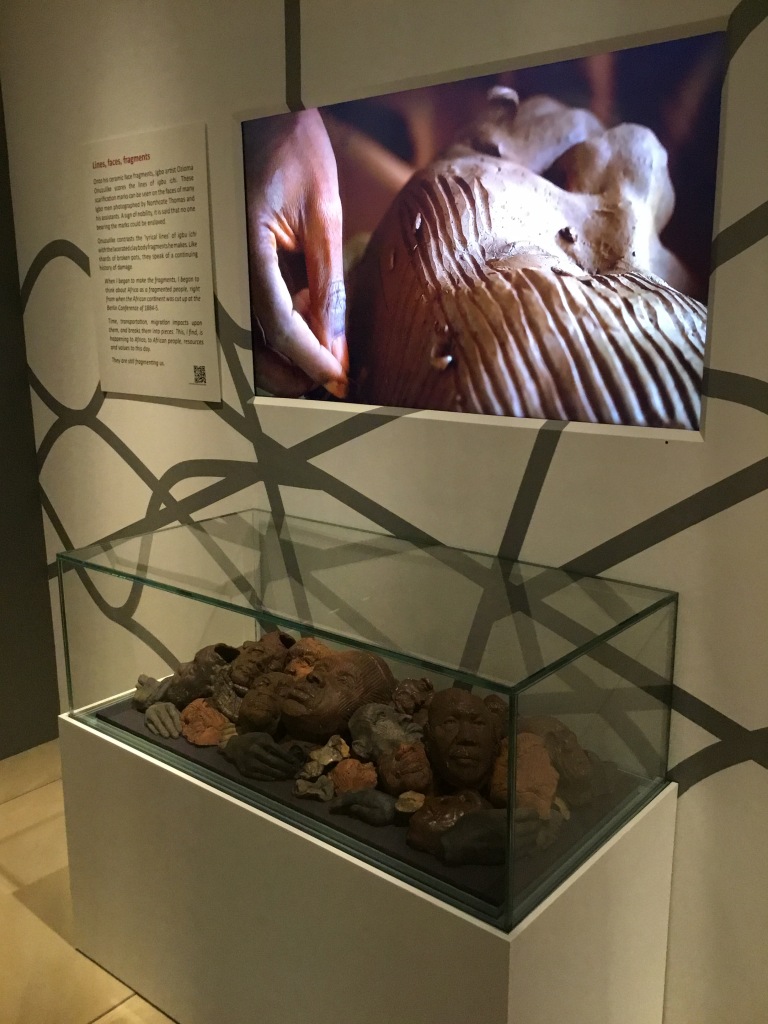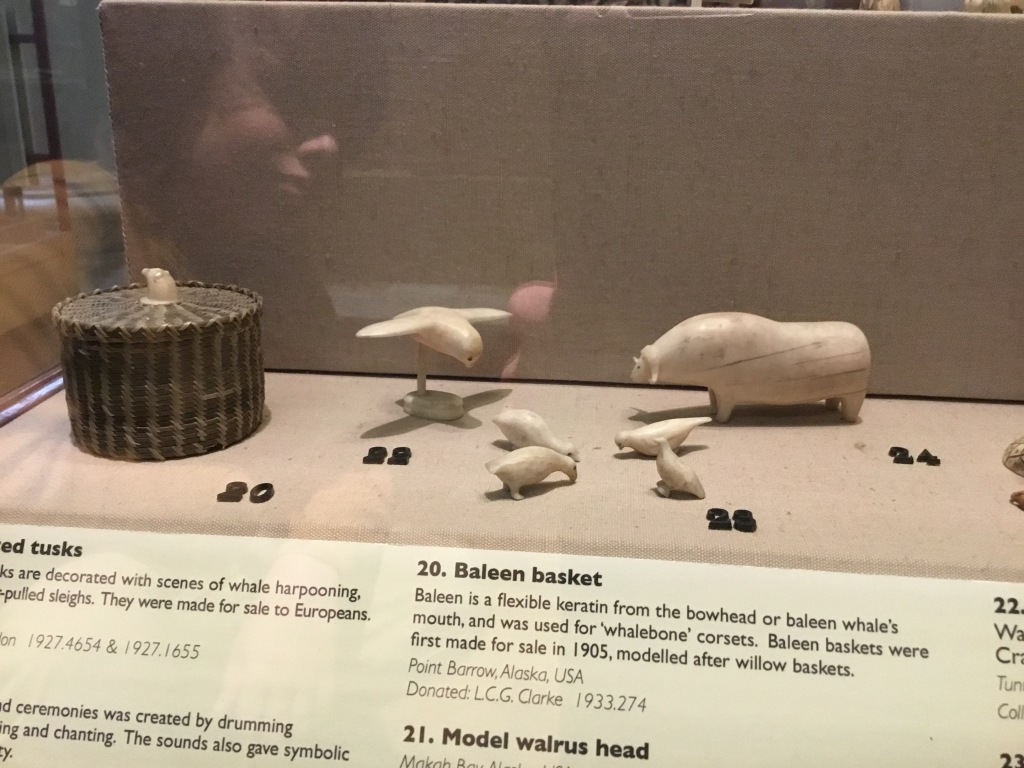
When something is part of an archive and has a role in a particular discourse, it is like a string weaved in the fabric of knowledge. Is it possible to unravel and reweave it? Paul Basu, from USL, and a group of researchers attempt to do so in an ambitious project called [RE:] Entanglements. The project sets out to mediate the ‘colonial gaze’ (Basu 2022) of the colonial collection of artefacts, photographs, botanical specimens and sound recordings collected by the anthropologist N. W. Thomas. Thomas collected and documented this archive in Nigeria and Sierra Leone between 1909-1915. Basu and the group of researchers are looking for resonances between the archive and the communities in Nigeria, Sierra Leone and West African communities in the UK, who were the object of study for the original collector- anthropologist. They are hoping that “by juxtaposing the colonial collections with contemporary artworks and creative re-engagements produced collaboratively during the project “(Basu 2022) they can re negotiate the status of the archive while avoiding the danger of simply re-imposing the colonial cultural hierarchy. (Basu 2022) The Re entanglements project has resulted in a several exhibitions and growing blog- website documenting the process. The final exhibition was held in the Museum of Archaeology & Anthropology, Cambridge, UK, April 2022.
We visited Cambridge and this fascinating exhibition in the Museum of Archaeology & Anthropology. Cambridge as a setting epitomises learning and knowledge. It is an iconic location, at the top of the knowledge creation hierarchy. The venue fits the purpose beautifully. The exhibition starts a dialogue with the permanent collection exhibited just up the stairs on the first level. In the permanent exhibition we could see Benin bronzes and a multitude of artefacts collected in a similar way to Thomas’s archive, from various locations such as North America, the pacific islands, Africa, and beautiful little figures from the Inuit.




Massey writes of “ a social geography of knowledge production (elite; historically largely male) which gained (and continues to gain) at least a part of its prestige from the cachet and exclusivity of its spatiality”(2009, p.75) There seems to be a double-edged-sword quality to this project. Is this yet another version of knowledge production with the periphery as an object, initiated from the centre, or allowing a voice to communities of the periphery through exposure in the centre? The researchers are fully aware of this and have engaged with this difficult problem. Using material metaphors (Basu 2022) such as re assembled pot where the repair lines are left visible. “The clay original was acquired at a market in Benin City by Thomas in 1909, but, like many of the ceramic objects he collected, it was broken when it was shipped to Britain. As part of the [Re:]Entanglements project and exhibition, the pot has been repaired using the latest conservation methods, but care has been taken to ensure that the repair remains visible and the damage is legible. “(Basu 2022) This is similar to the Japanese kintsugi technique of repairing porcelain with golden adhesive. The damage becomes beautiful.
In the piece Lines Faces Fragments, Ozioma Onuzulike is also using broken pottery as a metaphor, but here the damage continues to be inflicted. In the video exhibited alongside the installation he speaks of Africa as “a fragmented people, right from when the continent was cut up at the Berlin Conference of 1884-5” by the great powers. He says “They are still fragmenting us.”(Onuzulike 2022). The clay fragments of people’s faces have the traditional ichi scarification marks. He also makes other fragments of bodies – hands, ears and similar all stacked on a pile. He is inspired by the “fate of many illegal African immigrants across the Sahara and Mediterranean”. Neo colonial dynamics are still operating through the program of globalisation. Resources are drained from many places, flowing to the centres, forcing many young people to migrate. The flow of people however is restricted, and “Many have been lost, or broken, in transit.” (Onuzulike 2022).
A wealth of other voices are included, exposing in a way the flow of information often taken for granted. What exhibitions/knowledge-creation-places are visible and which ones are invisible until they undertake the perilous journey to the centre.
MASSEY DOREEN, 2009. for space. London: SAGE